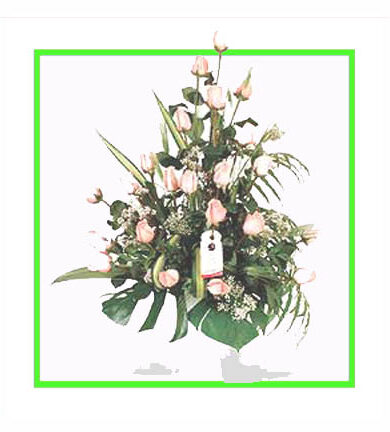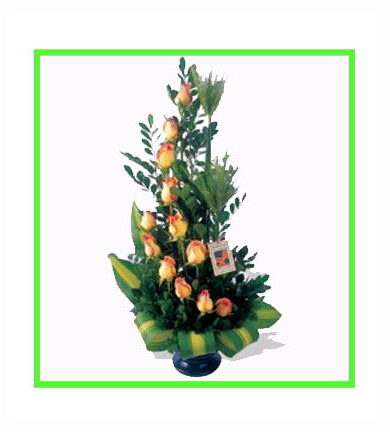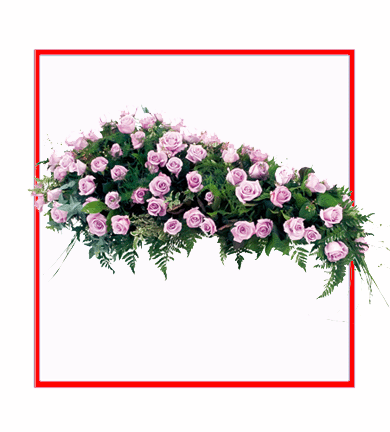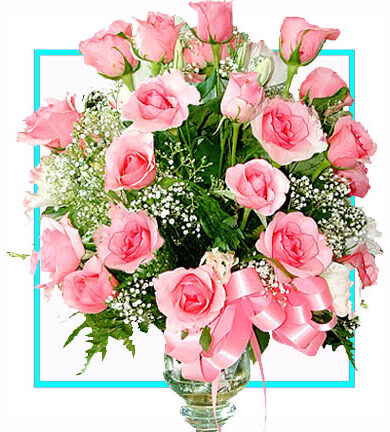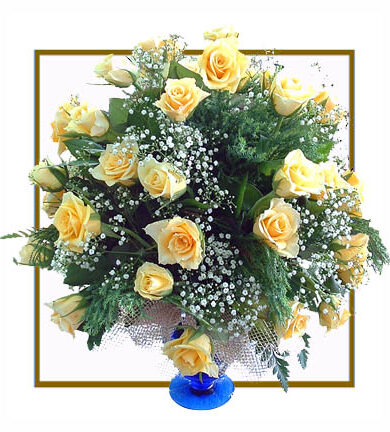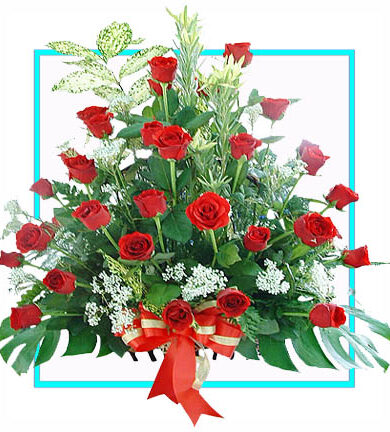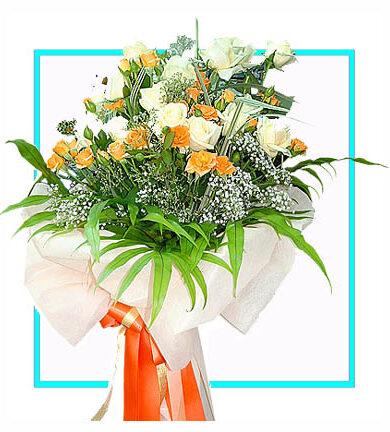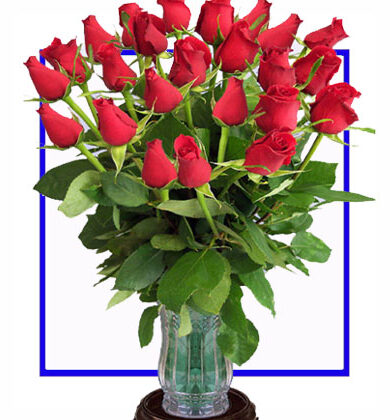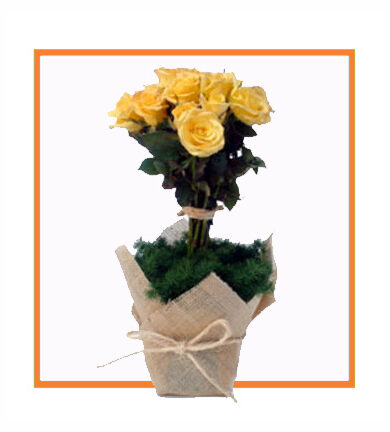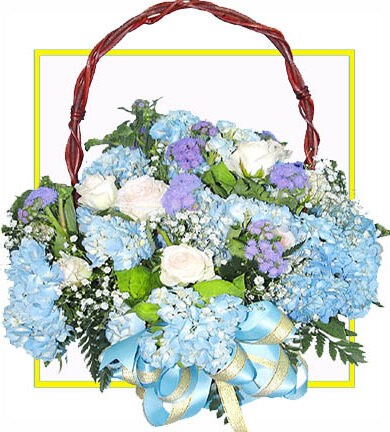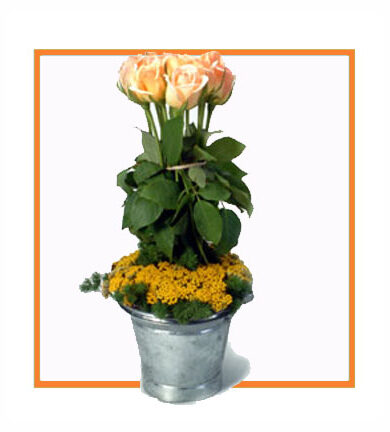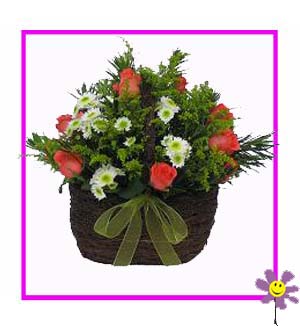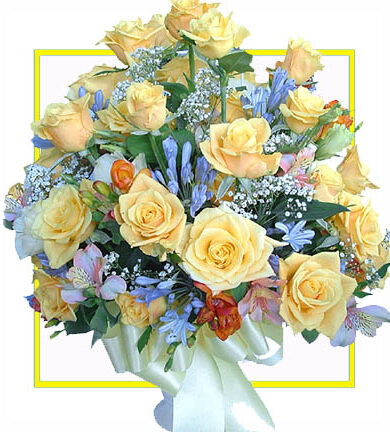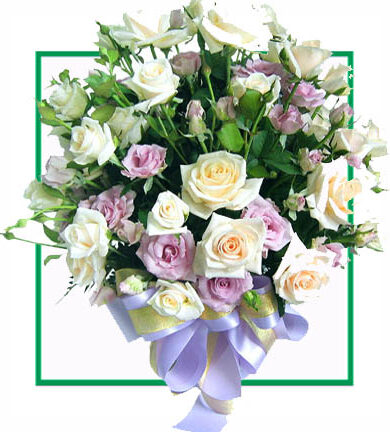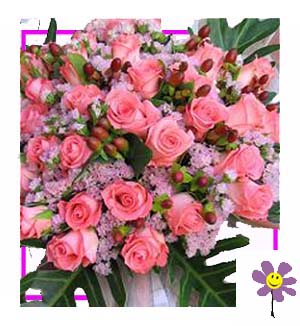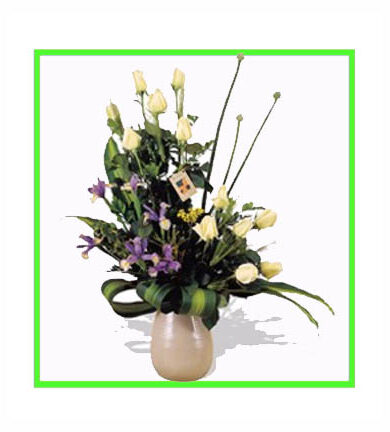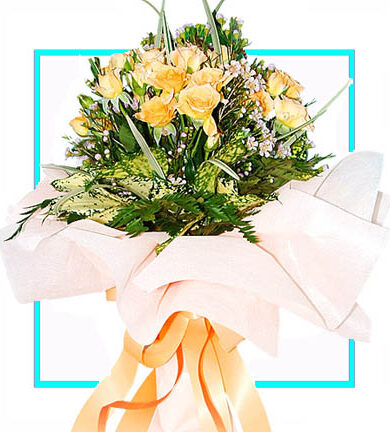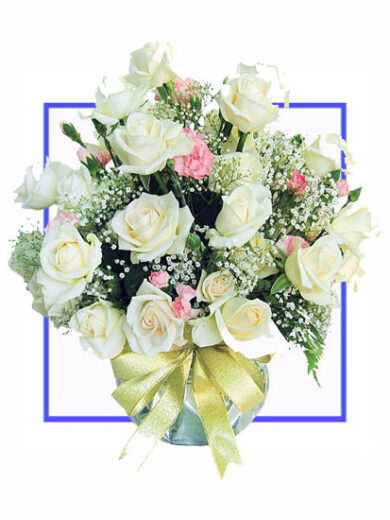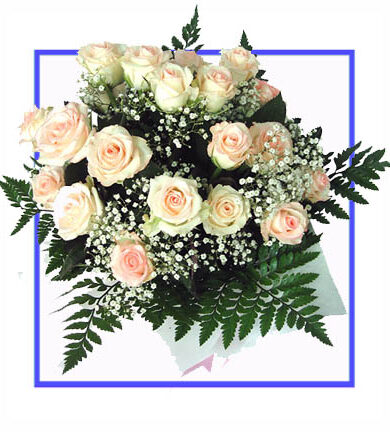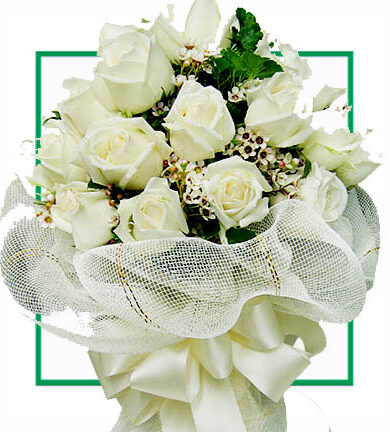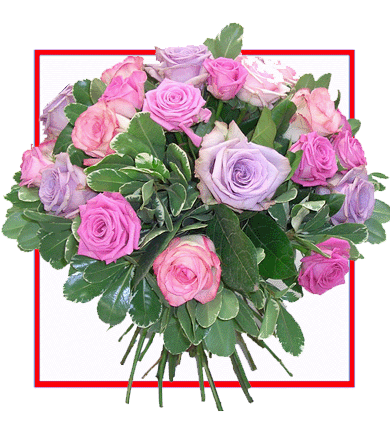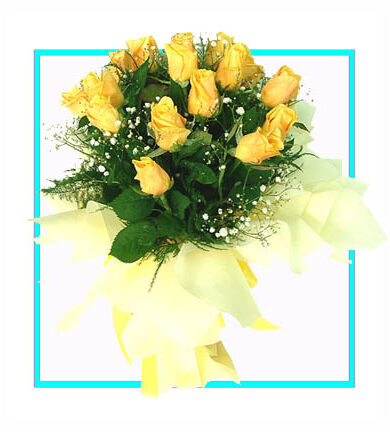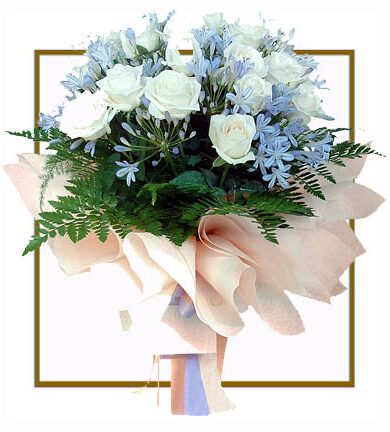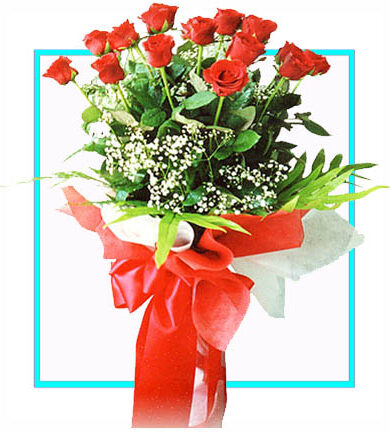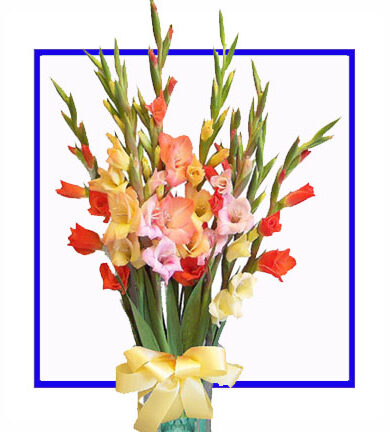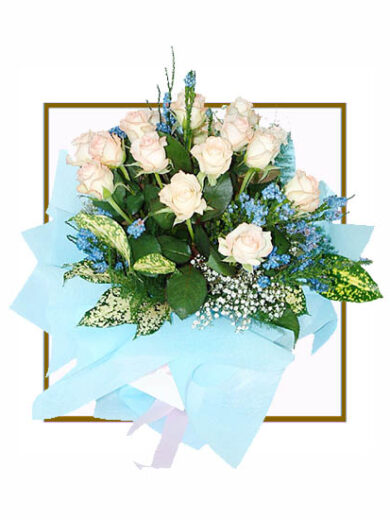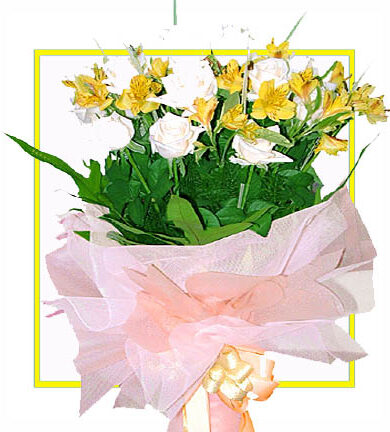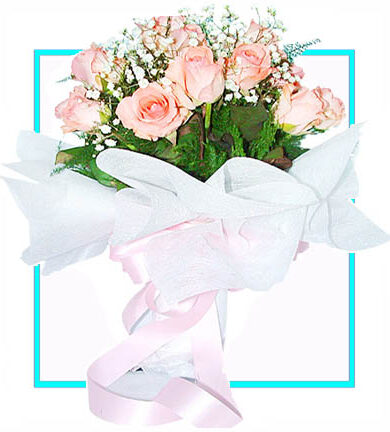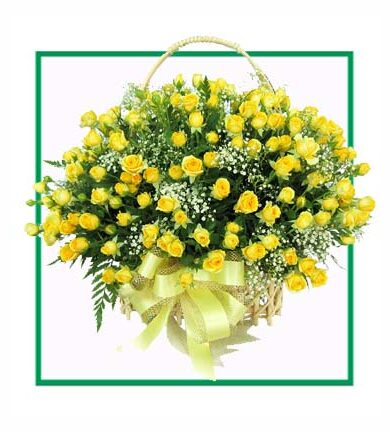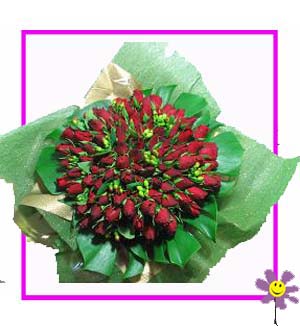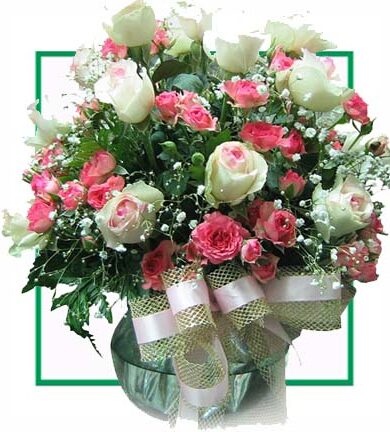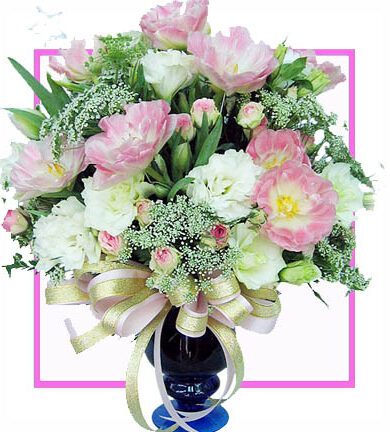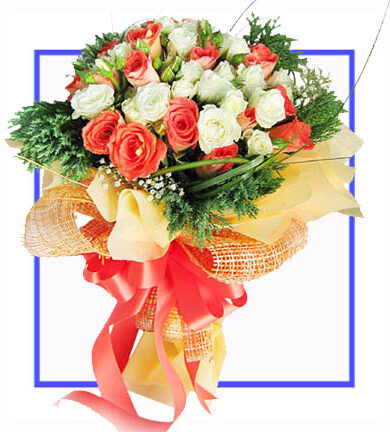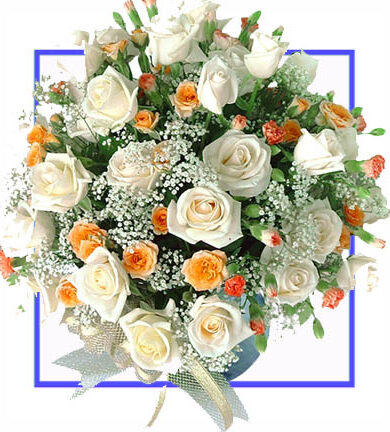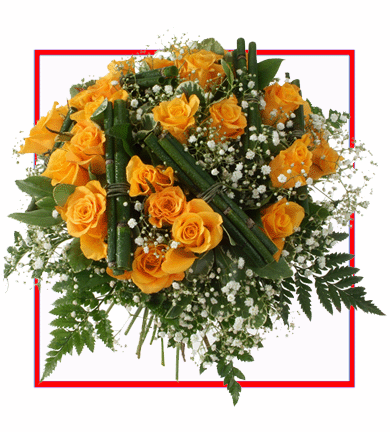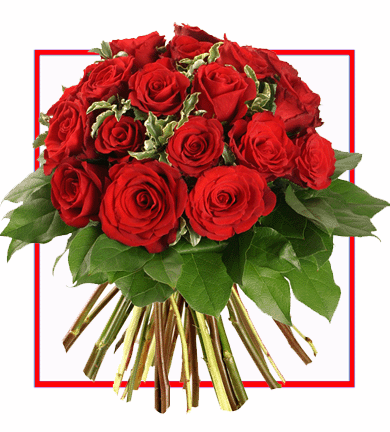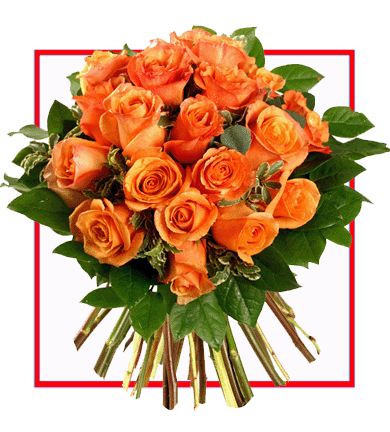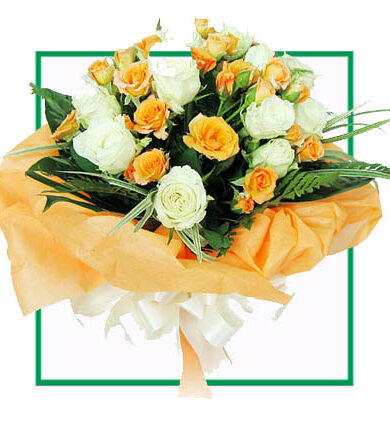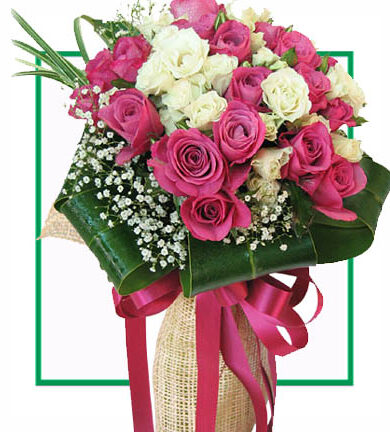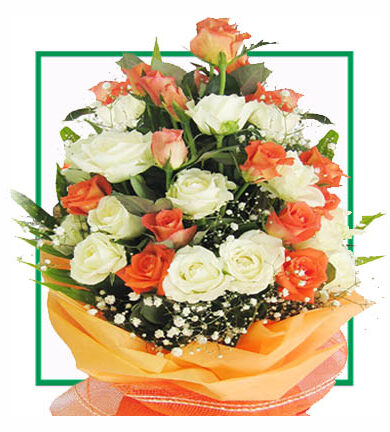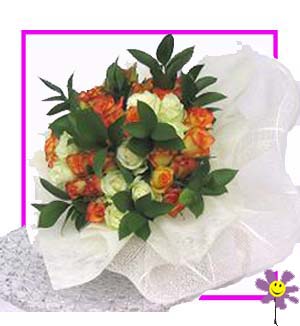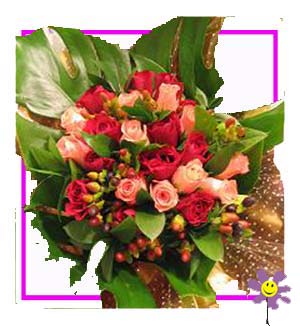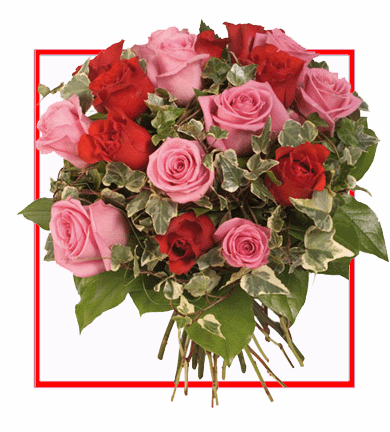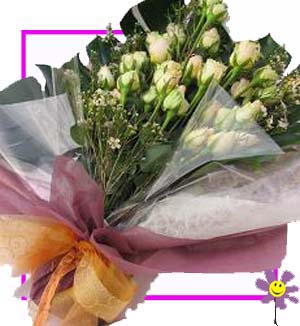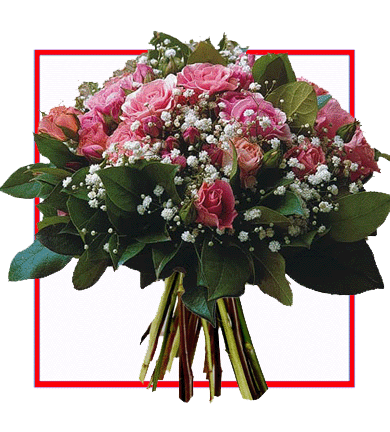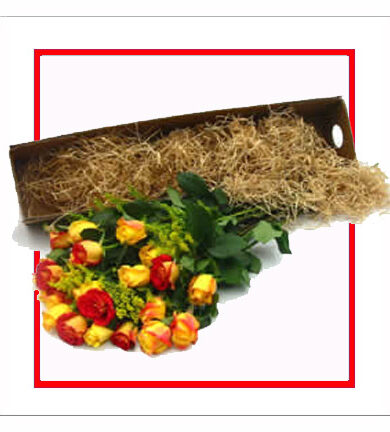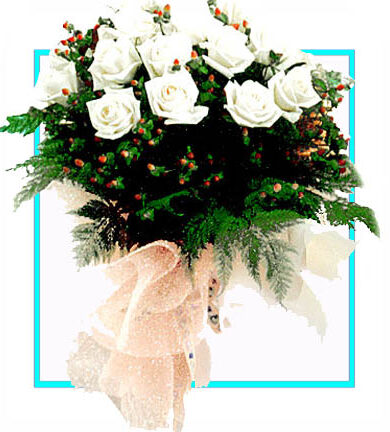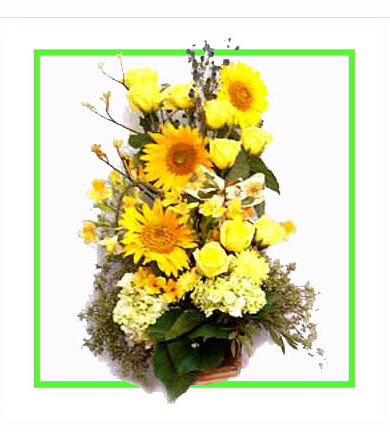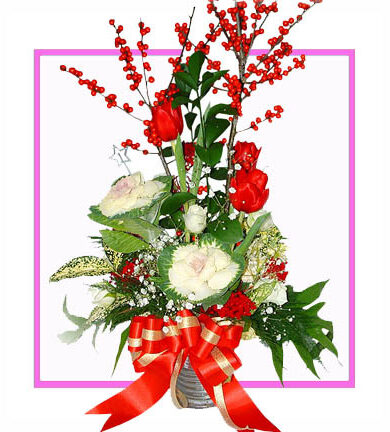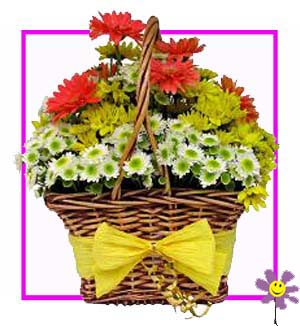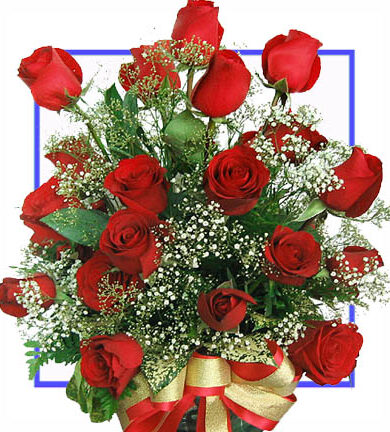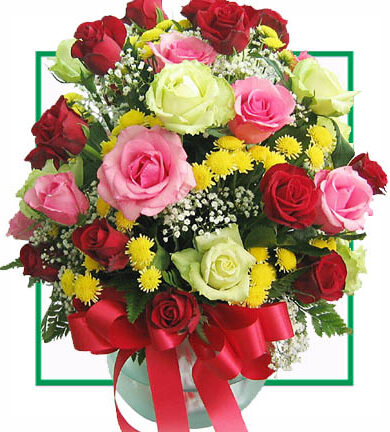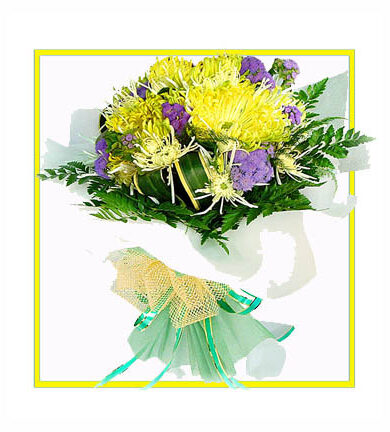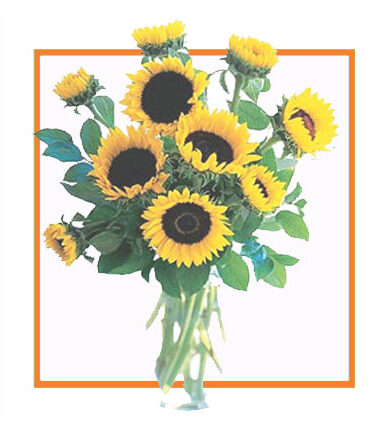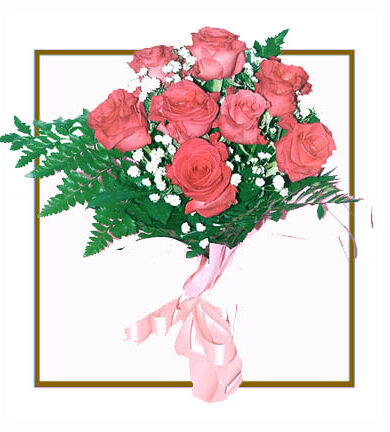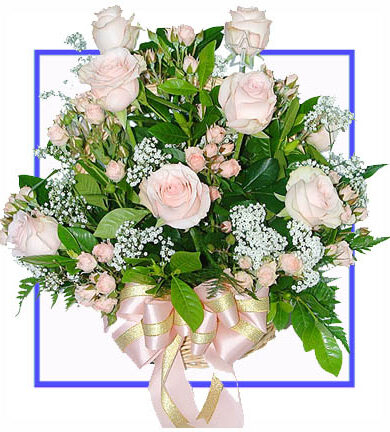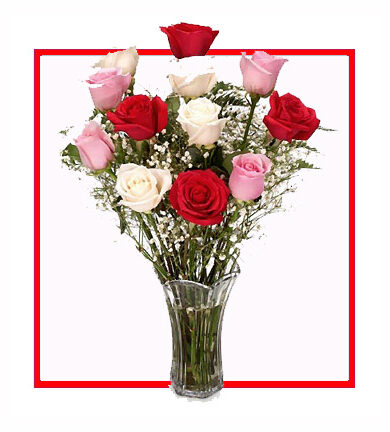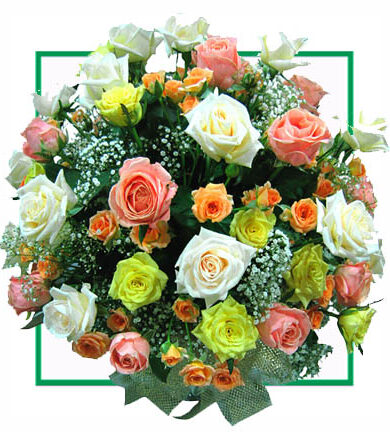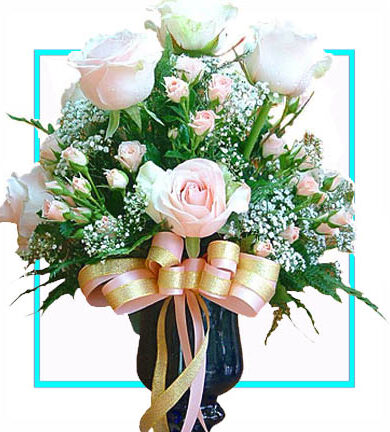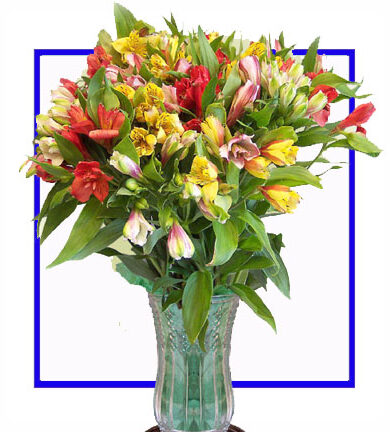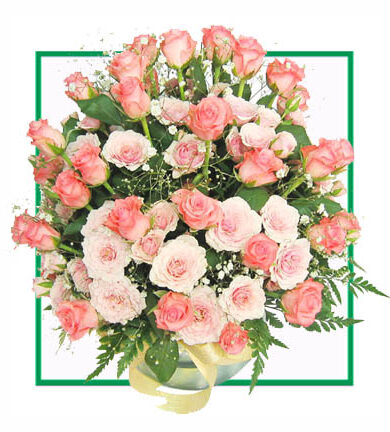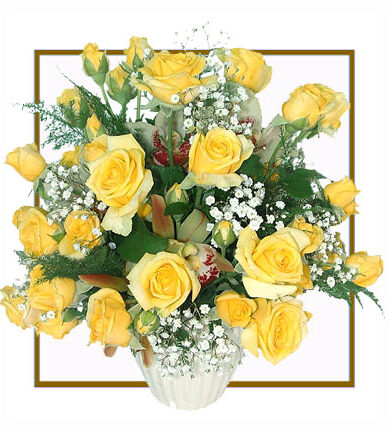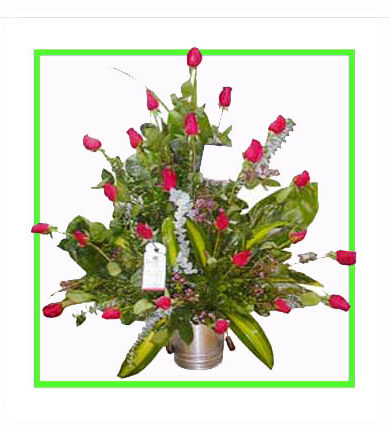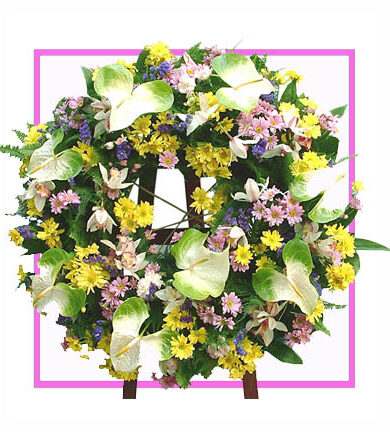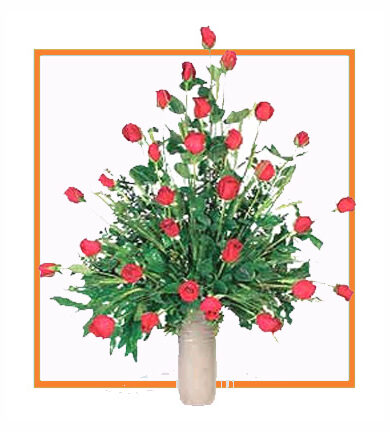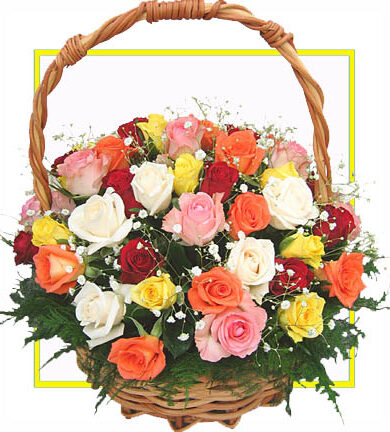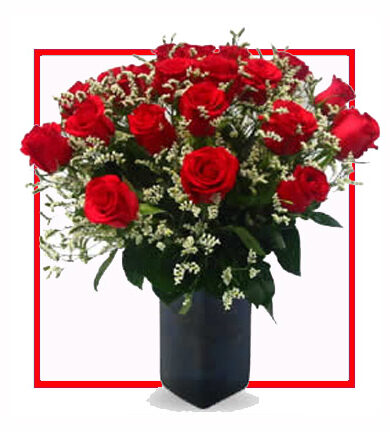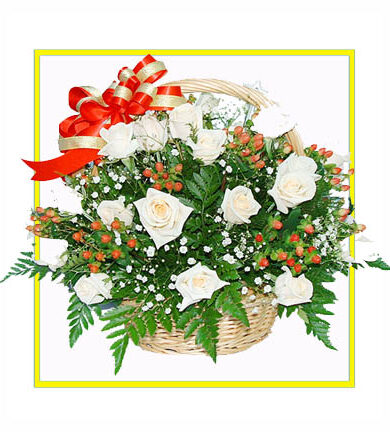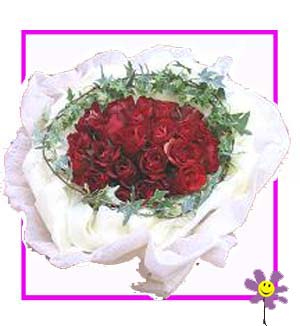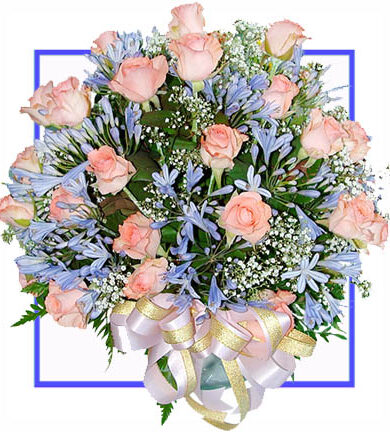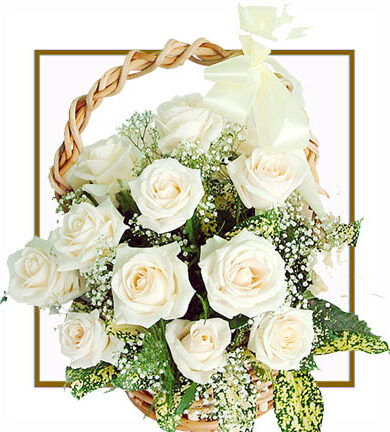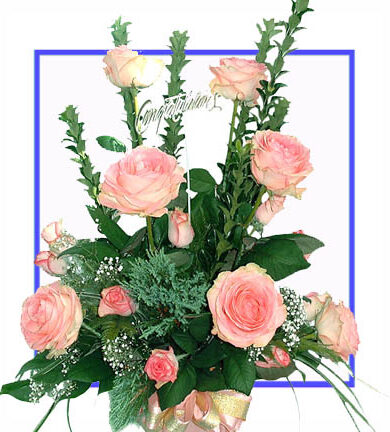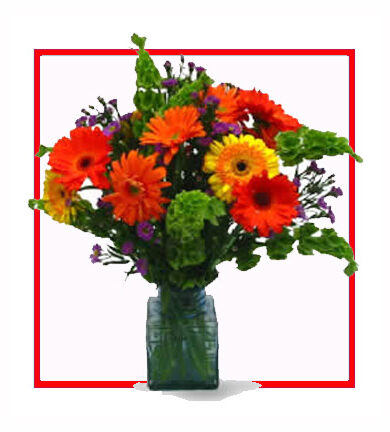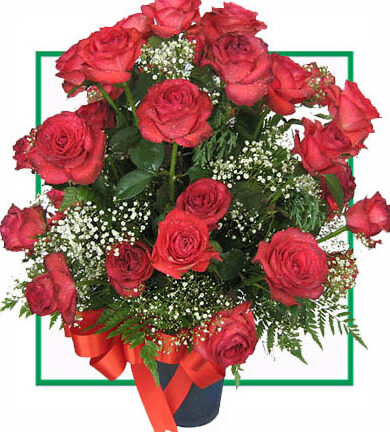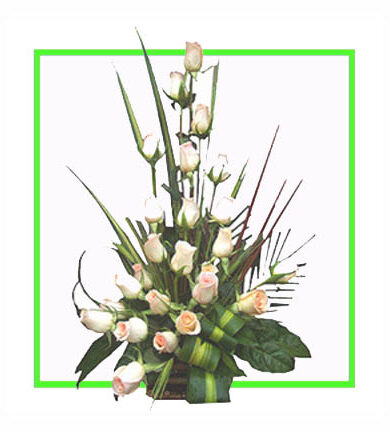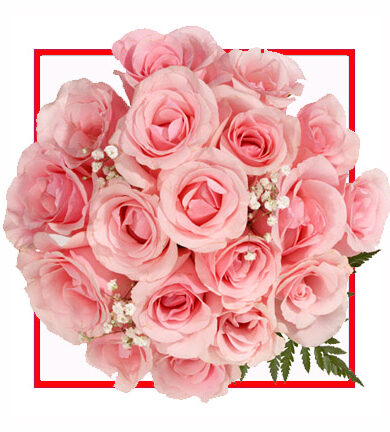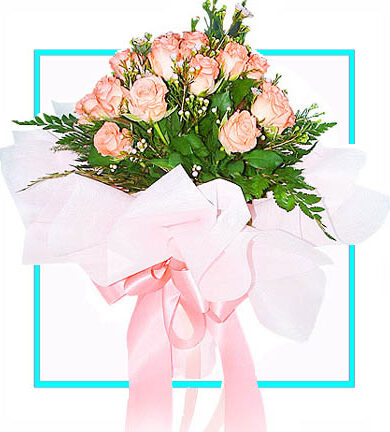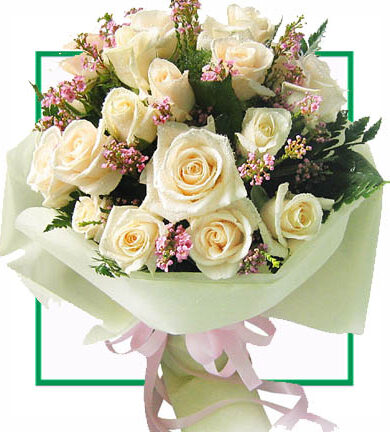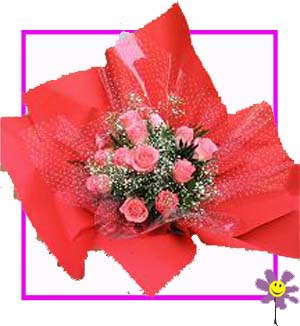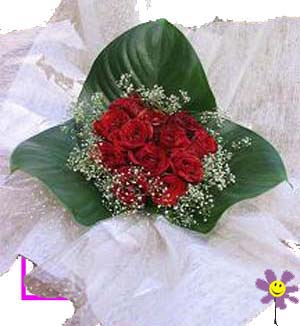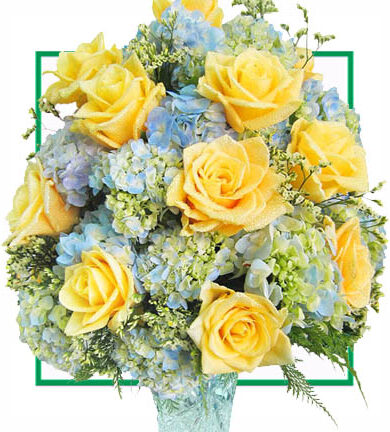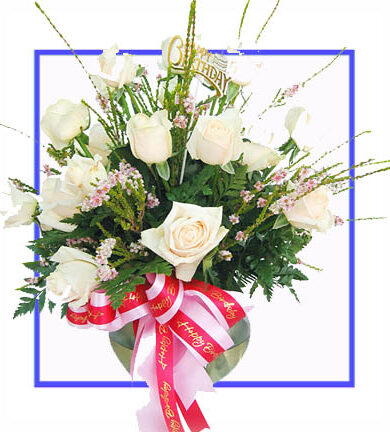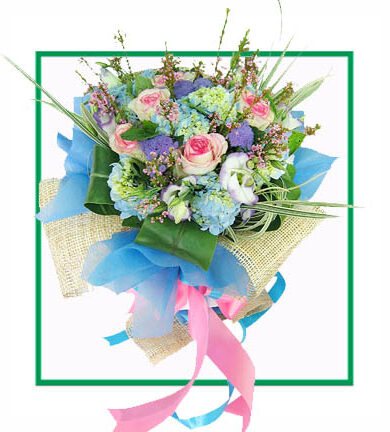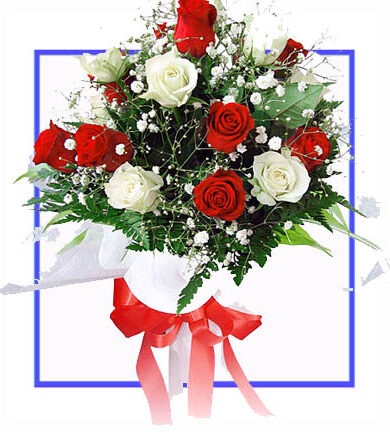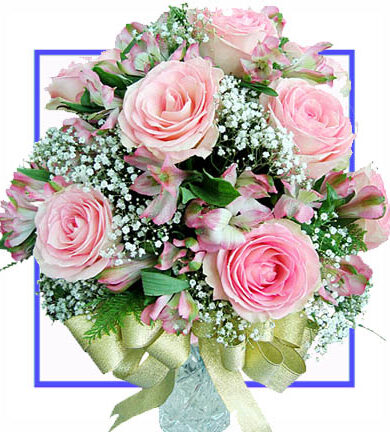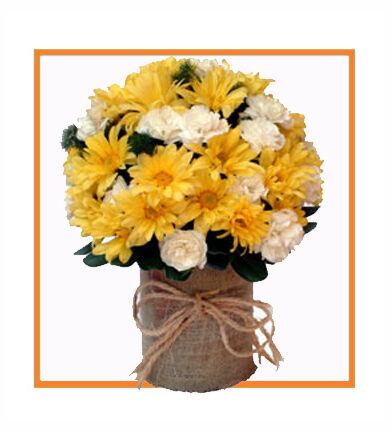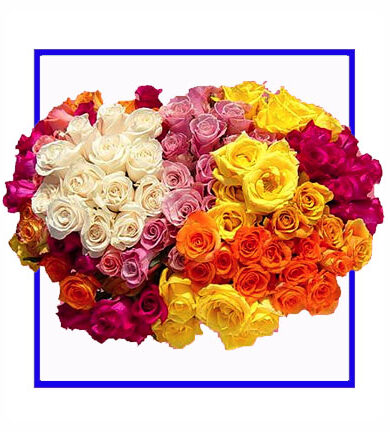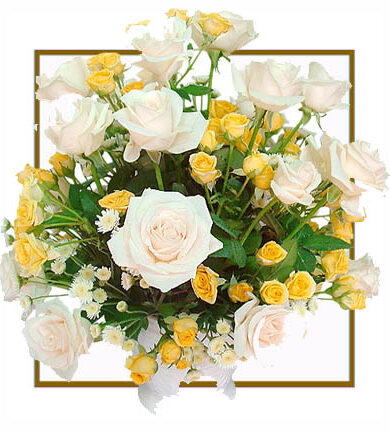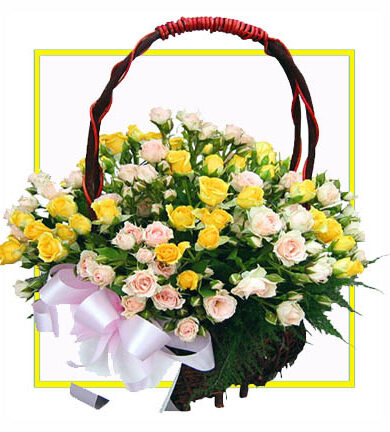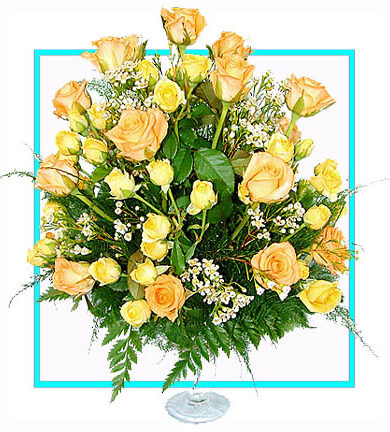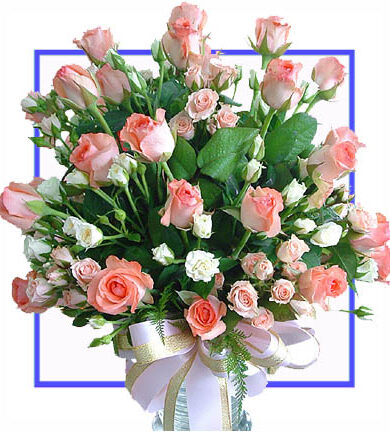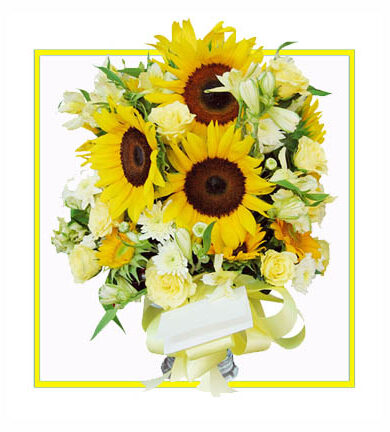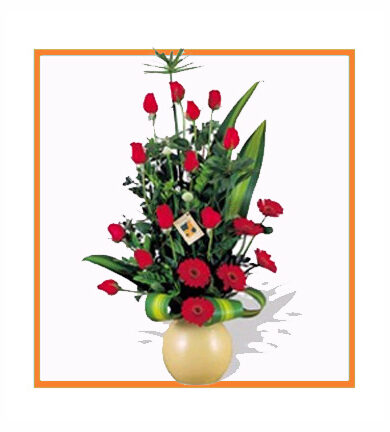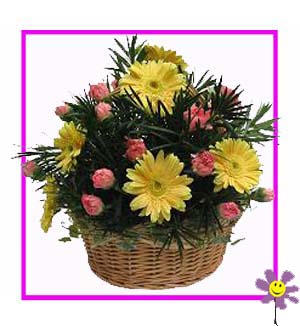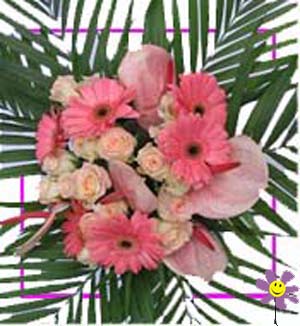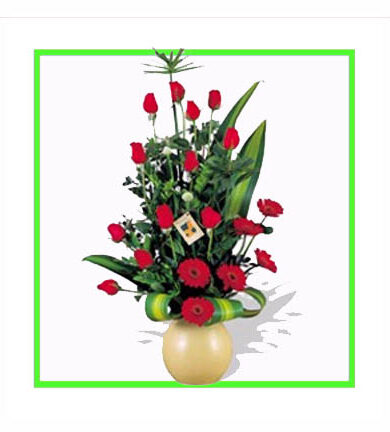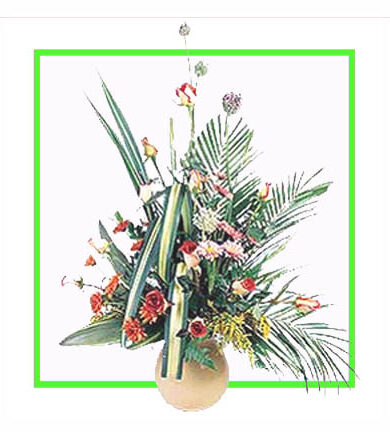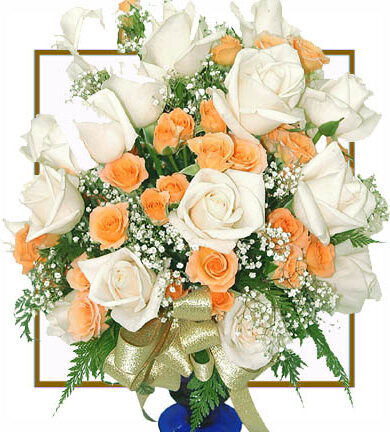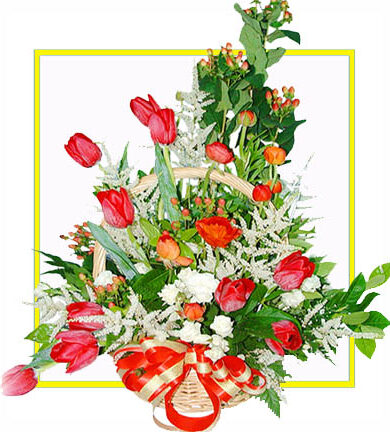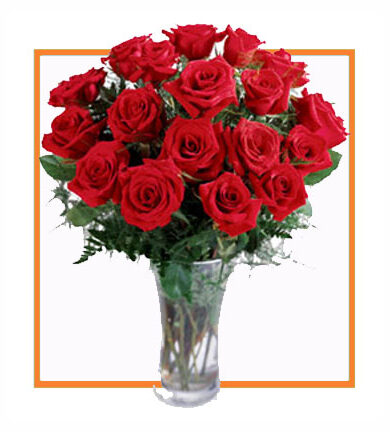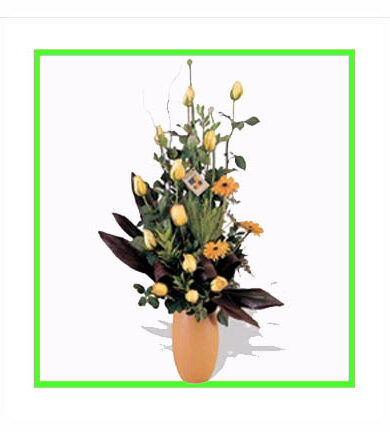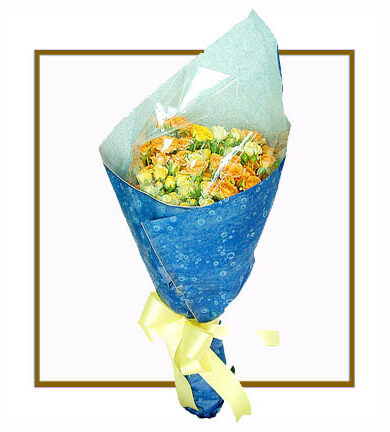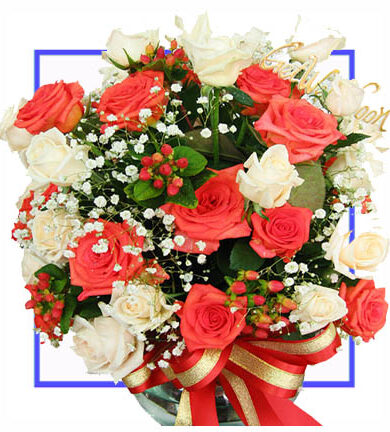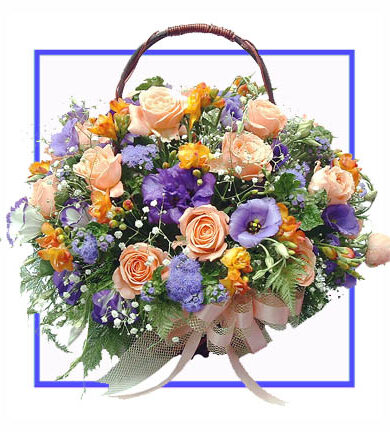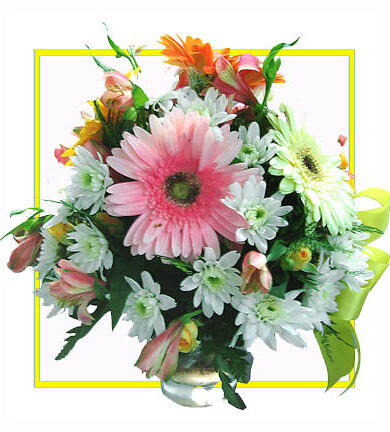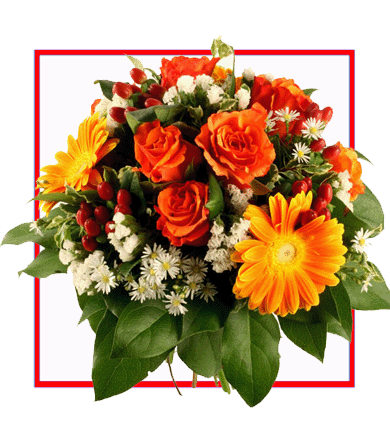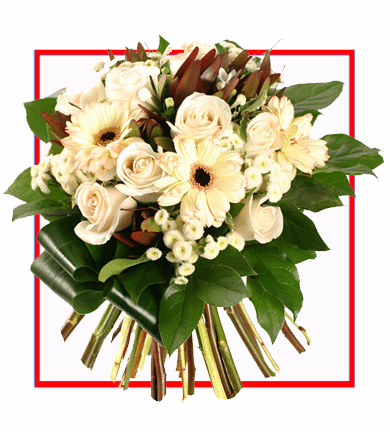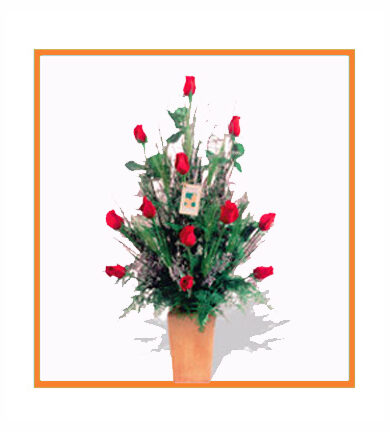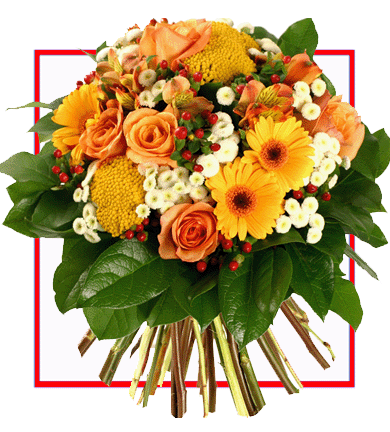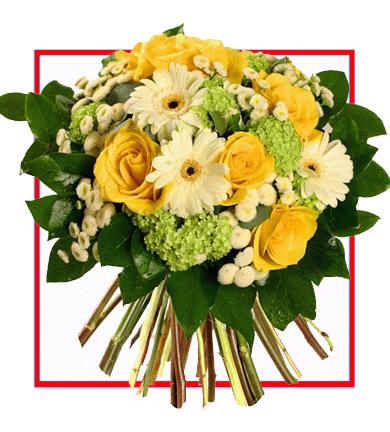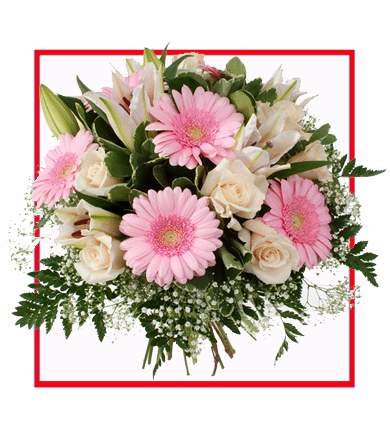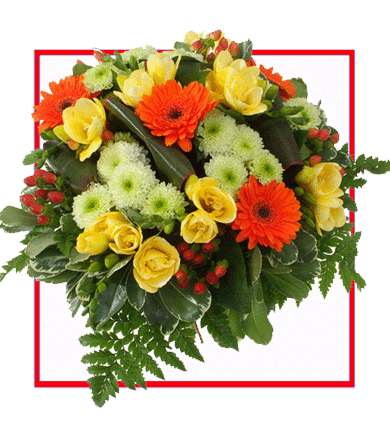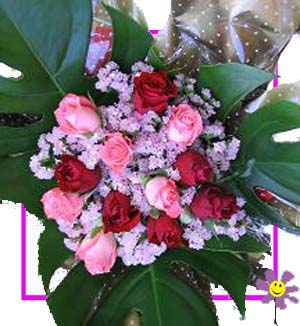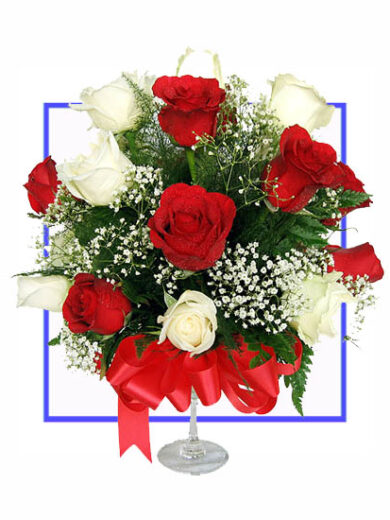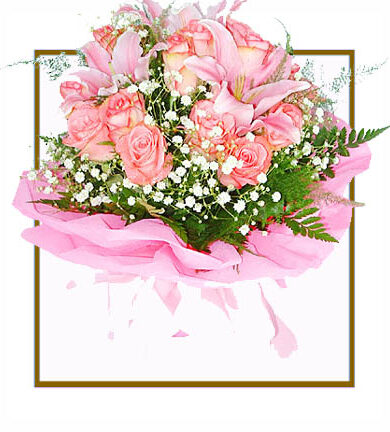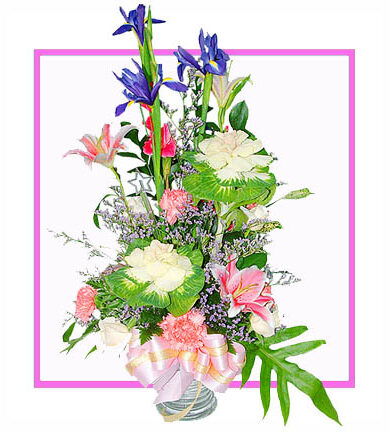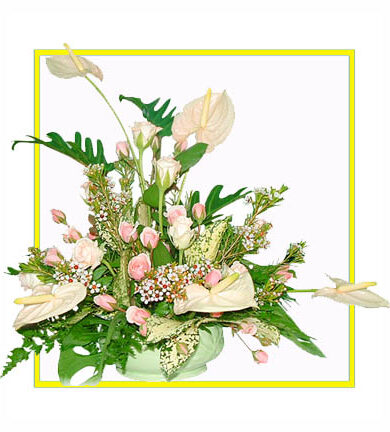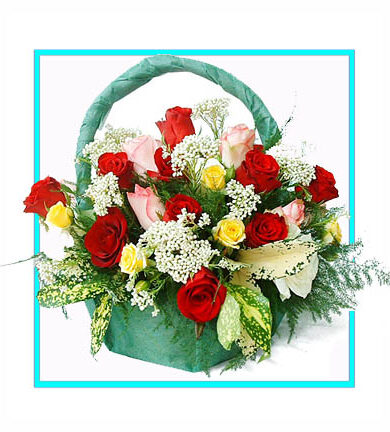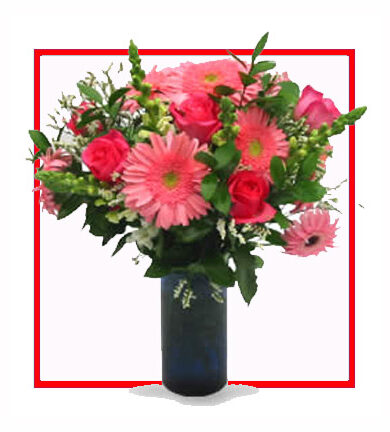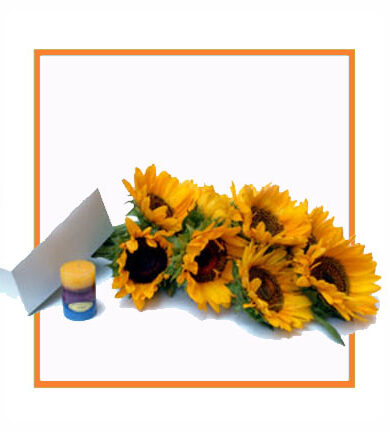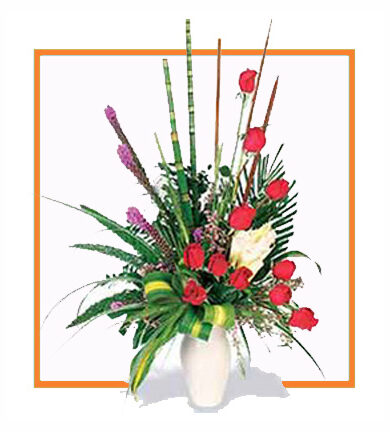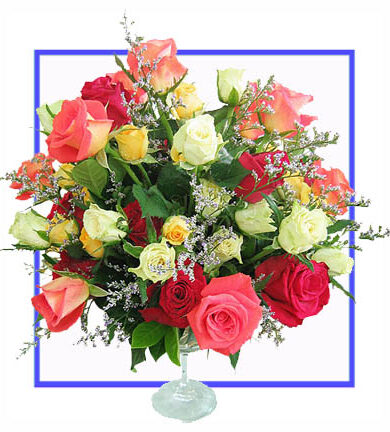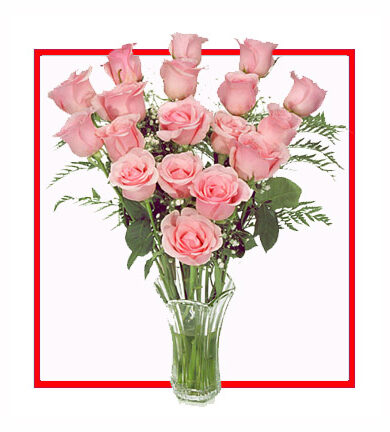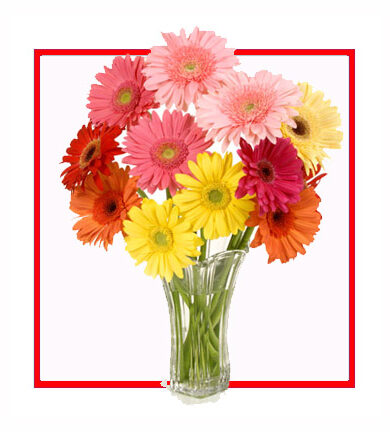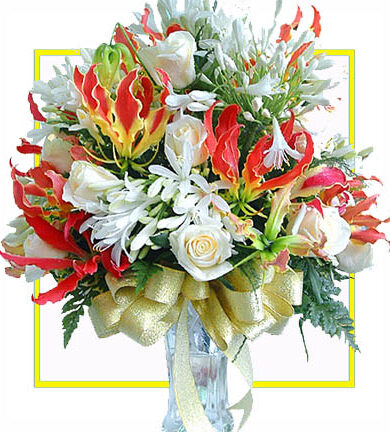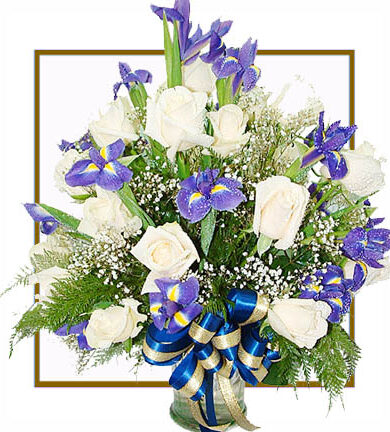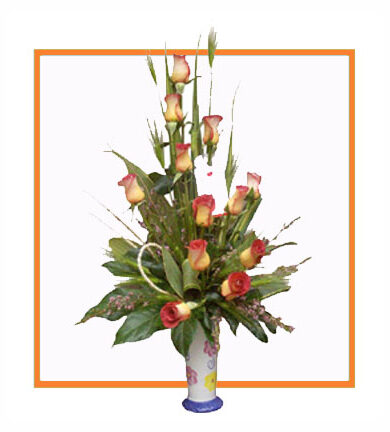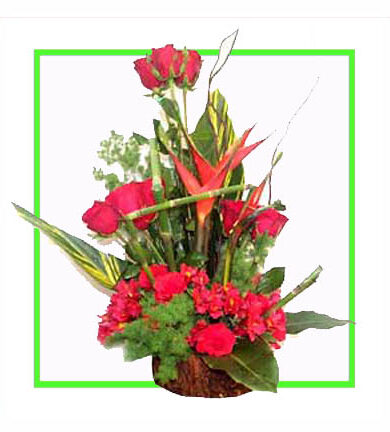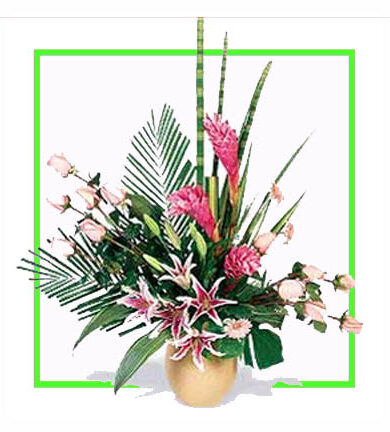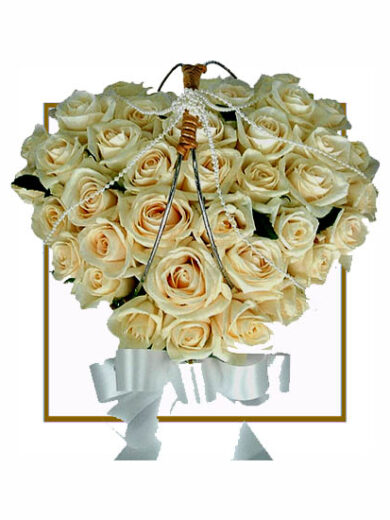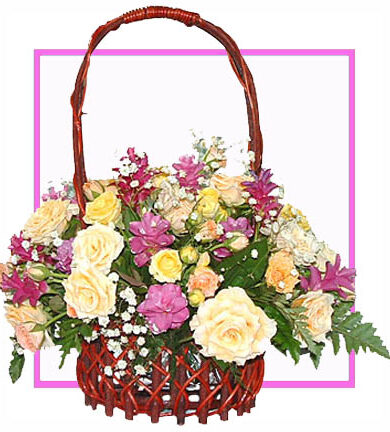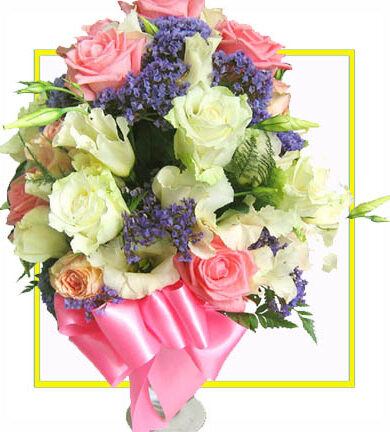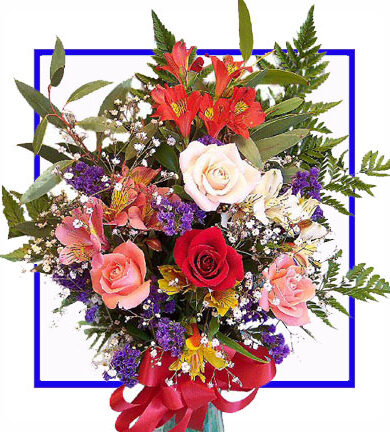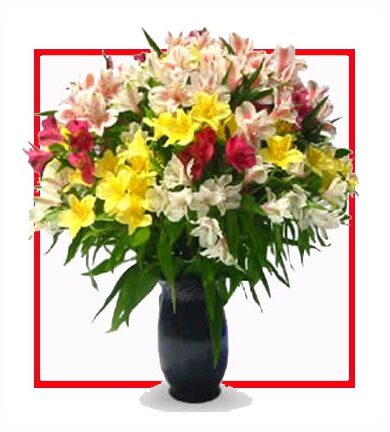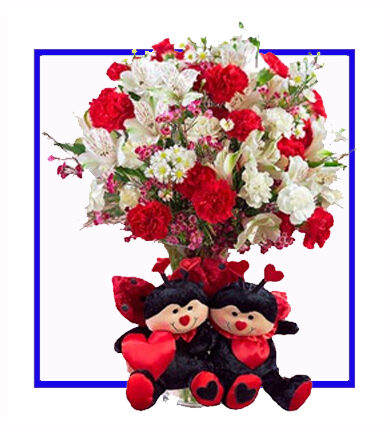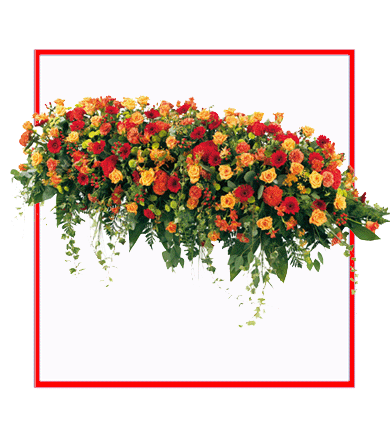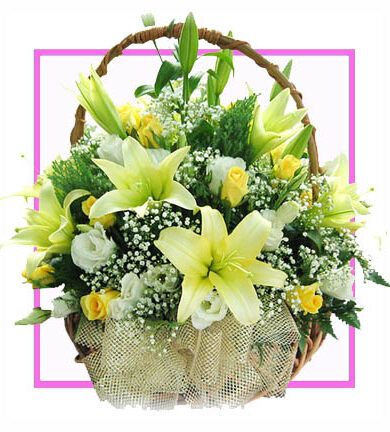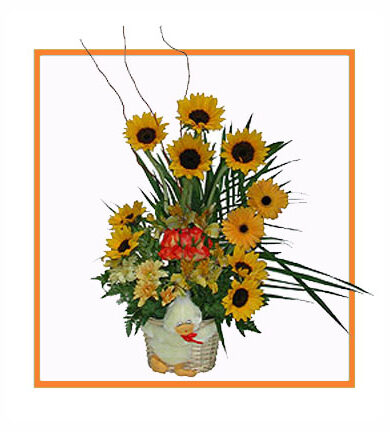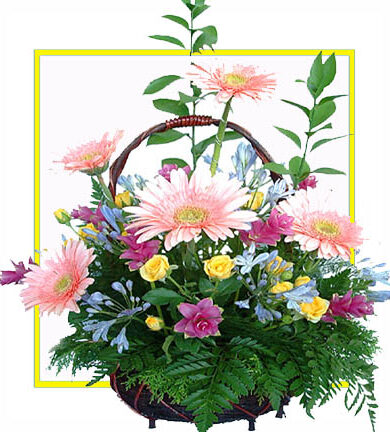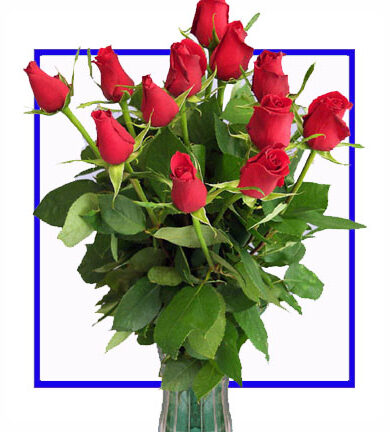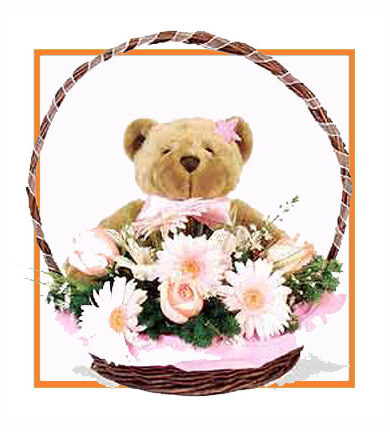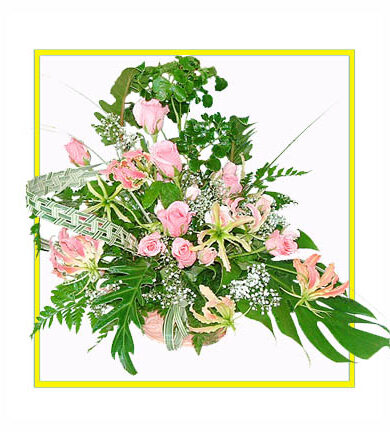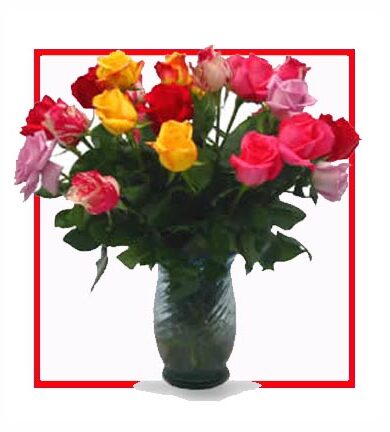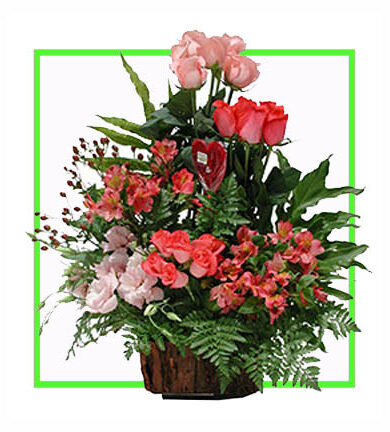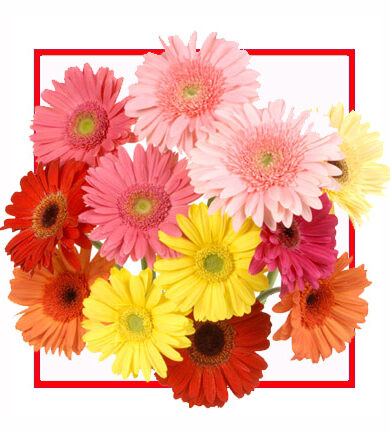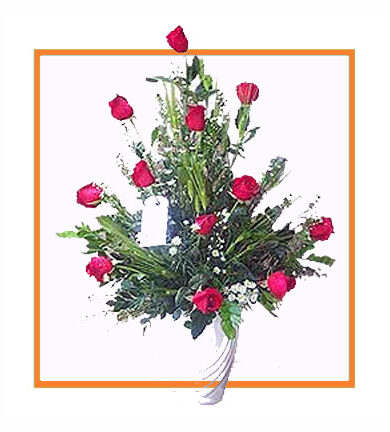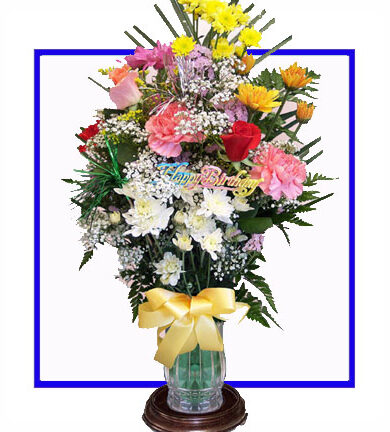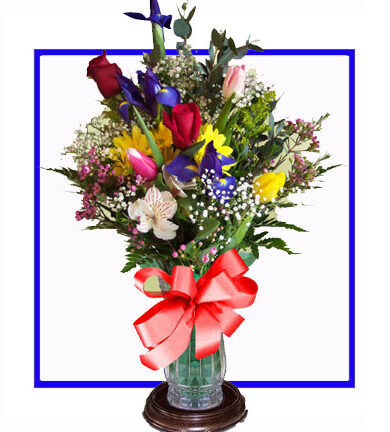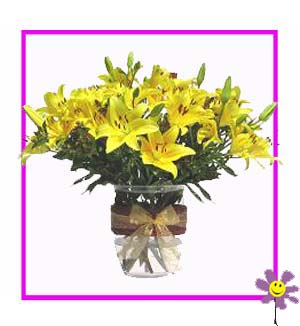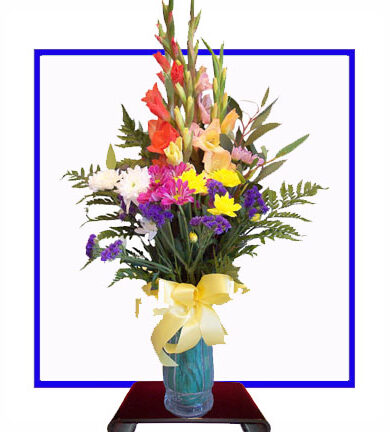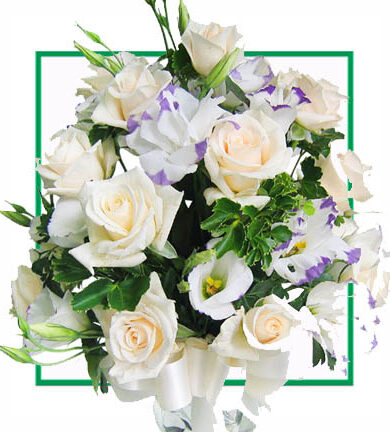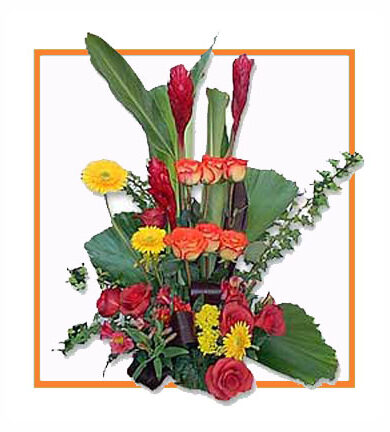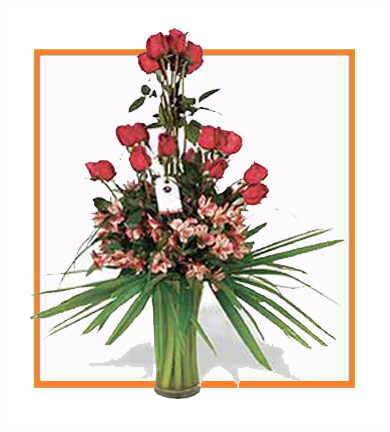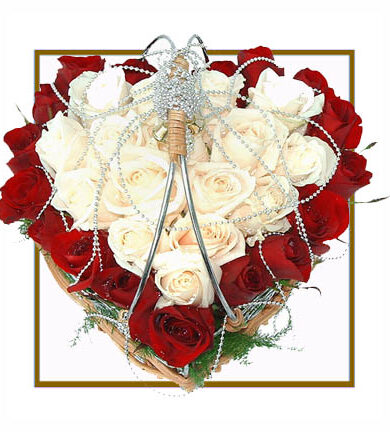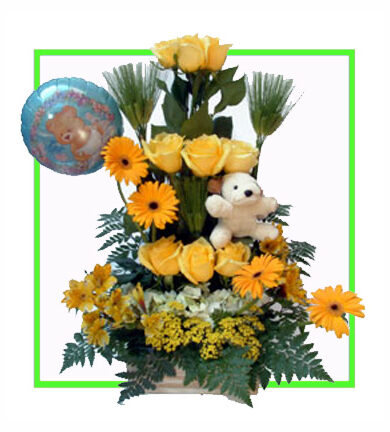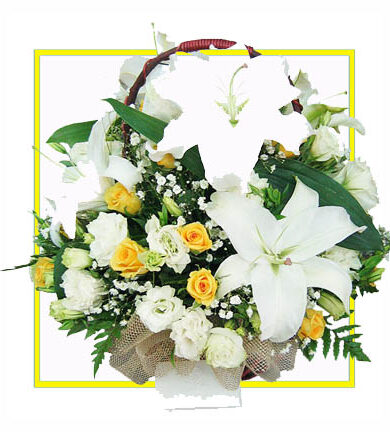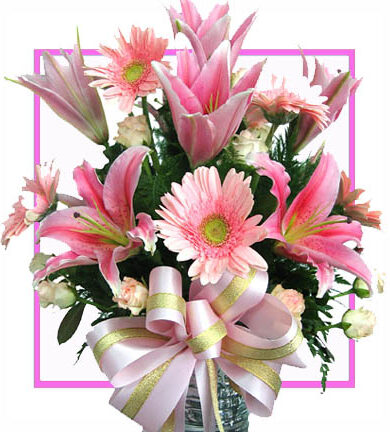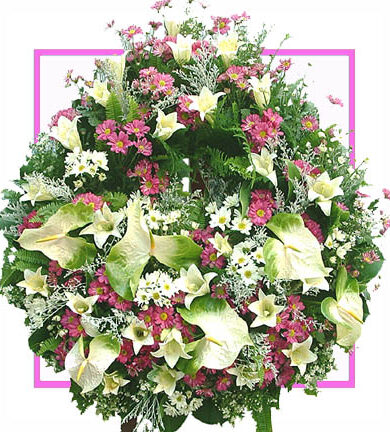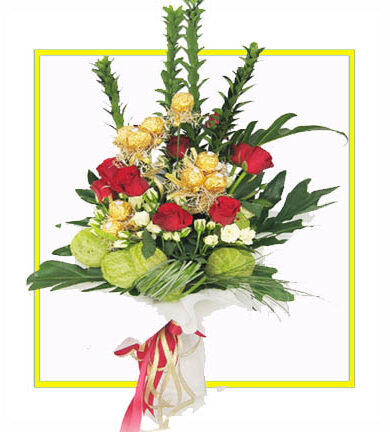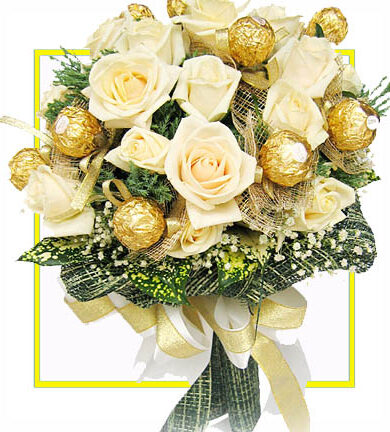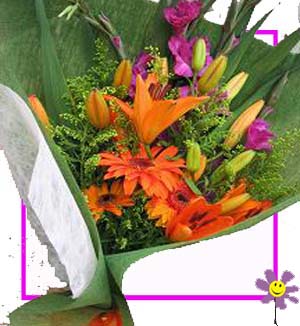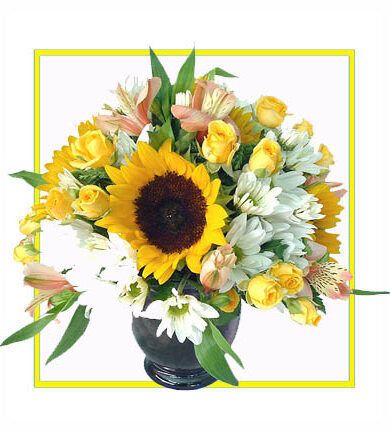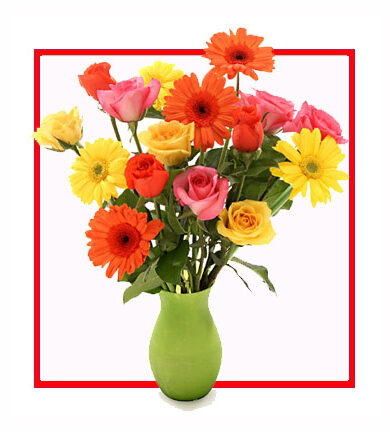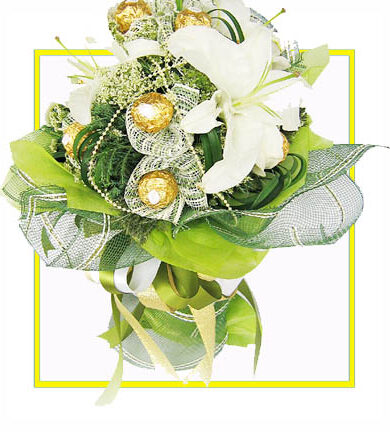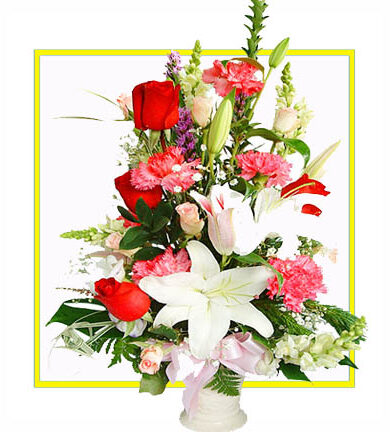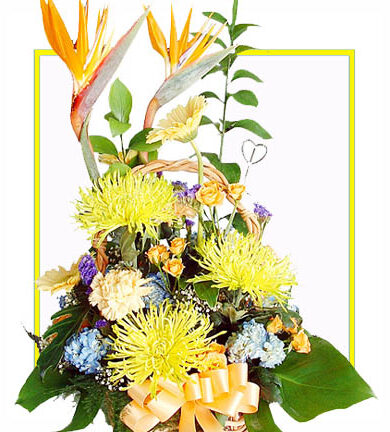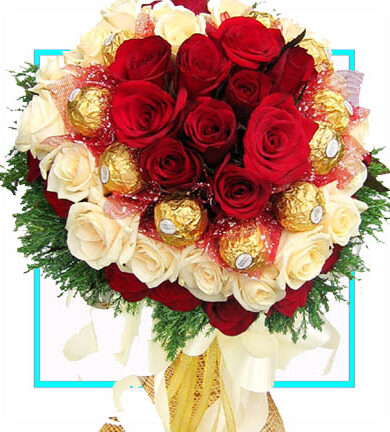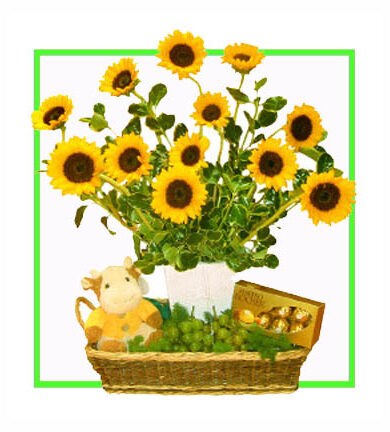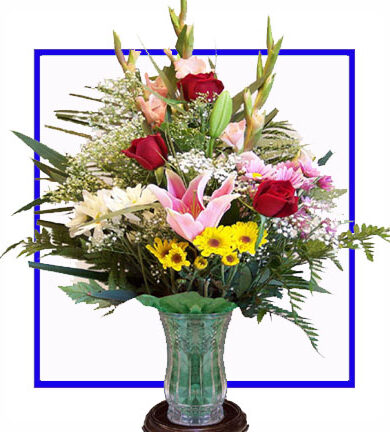Jammu is the only region in the state of Jammu and Kashmir that has a Hindu majority population – 65% of Jammu’s population practice Hinduism, 30% practice Islam and most of the remainder are Sikhs. Most of Jammu’s Hindus are Dogras, Kashmiri Pandits, migrants from Kotli and Mirpur and Punjabi Hindus. The Hindus mostly live in and around the Jammu city and Udhampur. Many Sikhs are migrants from Pakistani Controlled Kashmir (from areas like Muzaffarabad and Punch sector areas occupied by Pakistan during 1947). |
Jammu borders Kashmir to the north, Ladakh to the east, and Punjab and Himachal Pradesh to the south. In the west, the Line of Control separates Jammu from the Pakistan region called Azad Jammu and Kashmir. Sandwiched between the Vale of Kashmir to the north and the Daman Koh Plains to the south, the Shivalik Range comprises most of the region of Jammu. The Pir Panjal Range, the Trikuta Hills and the low-lying Tawi River basin add beauty and diversity to the terrain of Jammu. The Pir Panjal range separates Jammu from the Kashmir valley. |
Jammu is known for its landscape, ancient temples, Hindu shrines, Mubarak Mandi Palace, Amar Mahal Palace (a castle type) now a Museum, gardens and forts. Hindu holy shrines of Amarnath (which actually lies in Kashmir) and Vaishno Devi attracts tens of thousands of Hindu devotees every year. Jammu’s beautiful natural landscape has made it one of the most favoured destinations for adventure tourism in South Asia. Jammu’s historic monuments feature a unique blend of Islamic and Hindu architecture styles. |
The major political parties in the region are the Congress, the BJP, the National Conference, the Jammu and Kashmir People’s Democratic Party and the Jammu and Kashmir National Panthers Party. Some Hindus of Jammu, including the local BJP have been advocating the separation of Jammu region from Kashmir and its inclusion as a distinct state into the Indian Union, citing largely Kashmir-centric policies in the existing state and neglect of the Jammu region. |
An annual fair is held in the name of Baba Jitu, a simple and honest farmer who preferred to kill himself rather than submit to the unjust demands of the local landlord to part with his crop. He killed himself in the village of Jhiri, 14 km from Jammu. A legend has grown around the Baba and his followers congregate at Jhiri on the appointed day from every corner of North India; they revere him for his compassion, courage and honesty. |
Purmandal is 39 km from Jammu city. On Shivratri the town wears a festive look for three days as people celebrate the marriage of Lord Shiva to Goddess Parvati. The people of Jammu also come out in their colourful best to celebrate Shivratri at Peer Khoh Cave Temple, the Ranbireshwar Temple and the Panjbhaktar Temple. In fact, if one visits Jammu during Shivratri, one finds a celebration going on almost everywhere. |
Opposite the Bahu Fort, overlooking the River Tawi is a temple dedicated to Mahamaya of Dogra decent, who lost her life fourteen centuries ago fighting foreign invaders. The present temple of Bawey Wali Mata was built shortly after the coronation of Maharaja Gulab Singh, in 1822. It is also known as the temple of Mahakali and the goddess is considered second only to Mata Vaishno Devi in terms of mystical power. |
On the eastern bank of Mansar Lake there is a shrine dedicated to Sheshnag, a mythological snake with six heads. The shrine comprises a big boulder on which are placed a number of iron chains perhaps representing the small serpents waiting on the tutelary deity of the Sheshnag. Newlyweds consider it auspicious to perform three circumambulations (Parikarma) around the lake to seek the blessings of Sheshnag. |
The name Baisakhi is taken from the first month of the Vikram calendar. Every year, on the first day of Vaisakh, the people of Jammu, celebrate Baisakhi. Also known as the “harvest festival” it is considered auspicious especially for marriages. Devotees who take a ritual dip every year, throng the rivers, canals and ponds. Many people go to the Nagbani temple to witness the grand New Year celebration. |
The occasion is marked by numerous fairs and people come in thousands to celebrate the beginning of the New Year and watch the Bhangra dance of Punjab. For the Sikhs of Jammu, Baisakhi is the day their tenth guru, Guru Gobind Singh, formed the Khalsa sect in 1699. The Gurdwaras are full of people who come to listen to kirtans, offer prayers and feast on the ‘prasad’ from the common kitchen (‘langar’). |
During the partition of India the ruler was Maharaja Hari Singh and he along with all the other princes was given the choice according to the instruments of partition of India in 1947, to freely accede to either India or Pakistan, or to remain independent. the princes were however advised to accede to the contiguous dominion, taking into consideration the geographical and ethnic issues. |
The Urs (or ziarats) is a typical Kashmiri festival. The Urs are held annually at the shrines of Muslim saints on their death anniversaries. There is a saying ” It snows when the Urs of Meesha Sahib is held, it is windy when the Urs of Batamol Sahib takes place, it rains on the occasion of the Urs of Bahauddin”. The Urs festivals are popular despite the rigours of weather. |
Home to some of the most popular Hindu shrines, such as Vaishno Devi, Jammu is a pilgrimage tourism destination in India. The majority of Jammu’s 5.9 million population practices Hinduism, while Islam and Sikhism enjoy a strong cultural heritage in the region. Due to relatively better infrastructure, Jammu has emerged as the main economic center of the state. |
Remains from the Maurya, Kushan, Kushanshahs and Gupta periods have also been found in Jammu. After 480 AD the area was dominated by the Hephthalites and ruled from Kapisa and Kabul. They were succeeded by the Kushano-Hephthalite dynasty from 565 to 670 AD, then by the Shahi from 670 to the early 11th century, when the Shahi were destroyed by the Ghaznavids. |
The Muslims of the region form the majority in the districts of Rajouri, Poonch, Doda & Kishtwar (the rest being Hindu majority). The Muslims ethnic groups are Dogra, Gujjar & Bakerwal who are ethno-linguistically different from the Kashmiri Muslims. Most Muslims of the Jammu region do not share the Kashmiri Muslims’ views of secession from India, either. |
Nandini Wildlife Sanctuary, called and best known for wonderful species of pheasants, has been established in an area of thick forests teeming with wild life. It is renowned natural habitat for a significant population of pheasants. Among the other avifauna are Indian mynah, Blue Rock Pigeon, Indian Peafowl, Red Junglefowl, Cheer Pheasant and chakor. |
Two ancient temples of Umapati Mahadev and Narsimha and a temple of Durga are situated in the vicinity of the Mansar Lake, which are visited by devotees in large numbers. People take a holy dip in the water of the lake on festive occasions. Certain communities of Hindus perform the Mundan ceremony (first hair cut) of their male children here. |
The Mansar Lake road joins to another important road that directly links Pathankot to Udhampur. Udhampur is a town of strategic importance, on National Highway No. 1A. The shortcut road from Mansar or Samba to Udhampur by-pass the Jammu town. Surinsar Lake, a smaller lake that is linked to Mansar, is 24 km from Jammu via the by-pass road. |
During the Maharaja’s time before the Independence and Partition of India (and of Jammu & Kashmir), the following districts were also part of Jammu region: Bhimber, Kotli, Mirpur, Poonch (Western parts), Haveli, Bagh and Sudhnati. Today these districts are a part of Pakistan-controlled Azad Jammu & Kashmir, but are claimed by India. |
Jammu city, officially called Jammu-Tawi, is the largest city in Jammu and the winter capital of Jammu and Kashmir. Jammu City is also known as “City of Temples” as it has many temples and shrines, with glittering shikhars soaring into the sky, which dot the city’s skyline, creating the ambiance of a holy and peaceful Hindu city. |
Dogri food specialties include Ambal, Khatta Meat, Kulthein di Dal, Dal Patt, Maa da Madra, Rajma, and Auriya. Pickles typical of Jammu are made of Kasrod, Girgle, Mango with Saunf, Zimikand, Tyaoo, Seyoo, and Potatoes. Auriya is a dish made with Potatoes. During weddings it is typical to make Kayoor, and Sund. |
A special dance called the Chajja is held on the occasion of Lohri. It makes a striking picture to see boys along with their ‘Chajjas’ elaborately decorated with coloured paper and flowers dance on the street in a procession. The whole atmosphere of Jammu comes alive with pulsating drumbeats. |
Jammu is also mentioned in accounts of the campaigns of Timur. The area witnessed changes of control following invasions by Mughals and Sikhs, before finally falling under the control of the British. Upon the Partition of India, it became part of India following the Kashmir war. |
Purmandal, also known as Chhota Kashi, is located 35 km from Jammu city. An ancient holy place, it has several temples of Shiva and other deities. On Shivratri, the town wears a festive look and for three days as people celebrate the marriage of Lord Shiva to Goddess Parvati. |
Jammu region has a lot of institutes offering higher education. There are 2 medical colleges, 2 dental colleges, 3 engineering colleges, 1 veterinary college and many other government and private colleges. There is also a Central University in Jammu established in 2009. |
The Jammu region is also temporary home to about 1,00,000 Kashmiri Hindus (Pandits) who have been living in refugee camps after being driven out of the Kashmir Valley by Islamic extremists in 1990 at the onset of the Kashmir conflict. The camps are close to Jammu city. |
Thousands take a dip in the holy river, called Havan Yagnas, and candles light up nearly every house and temple in Jammu. In the rural areas, it is customary for young boys to go around asking for gifts from newly-weds and parents of new-borns. |
Chaitre Chaudash is celebrated at Uttar Behni and Purmandal, about 25 km and 28 from Jammu respectively. Uttar Behni gets its name from the fact that the Devak river (locally also known as Gupt Ganga) flows here in the northerly direction. |
Hutchinson, J. & J. PH Vogel (1933). History of the Panjab Hill States, Vol. I. 1st edition: Govt. Printing, Pujab, Lahore, 1933. Reprint 2000. Department of Language and Culture, Himachal Pradesh. Chapter XIV Jammu State, pp. 514–563.. |
Hindus of Jammu region are subdivided into various ethnic groups, and of them Brahmins and Rajputs are the predominant ones. According to the 1941 census, 30% of them were Brahmin, 27% Rajput, 15% Thakkar, 4% Jat and 8% Khatri. |
Jammu is known for its Chocolate Barfi, Sund panjeeri,Patisa and its exotic local food – Rajma (with rice) is one of the speciality dishes of Jammu. Another specialty of Jammu is Kalaadi which is processed cheese. |
Other mean of reaching the shrine is by helicopter from Jammu and Gulabgarh. The helipad is only 100 mtr from the shrine. But if someone goes by helipcopter, he will be missing many scenic beauties of the nature. |
Bagh-E-Bahu located on the banks of Tawi river, is a Mughal-age garden. It gives a nice view of the old city and Tawi river. Bagh itself is very beautiful. There is a small cafeteria on one side of the garden. |
On the by-pass road behind Bahu Fort, the city forest surrounds the ancient Mahamaya Temple overlooking the river Tawi. A small garden surrounded by acres of woods provides a commanding view of the city. |
Spread over an area of 34 km2, the sanctuary is rich in fauna and provides refuge to a wide variety of mammals. The main species are leopard, wild boar, rhesus monkey, bharal and grey langur. |
Perfect flowers to express your emotionsShop Now

